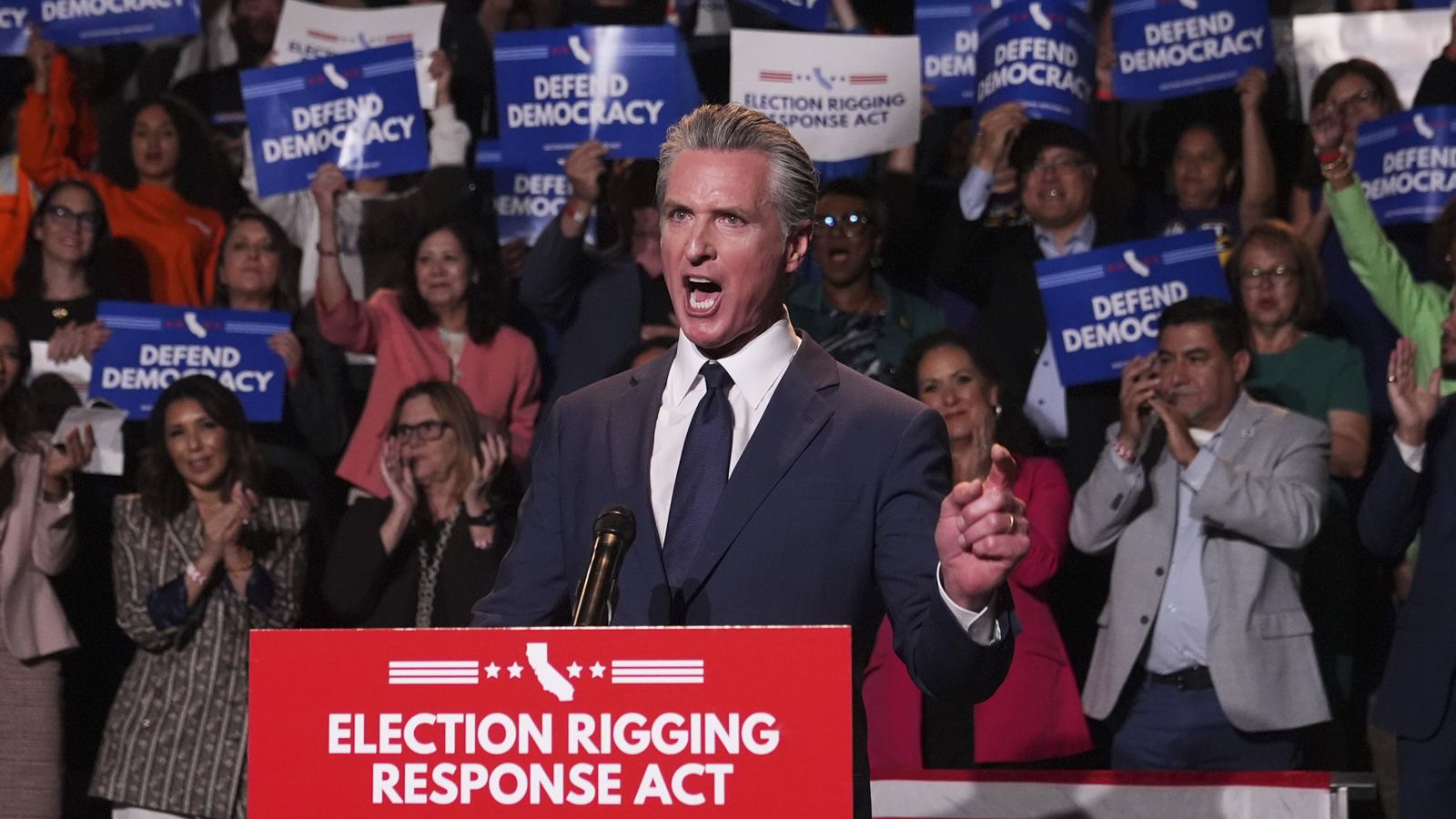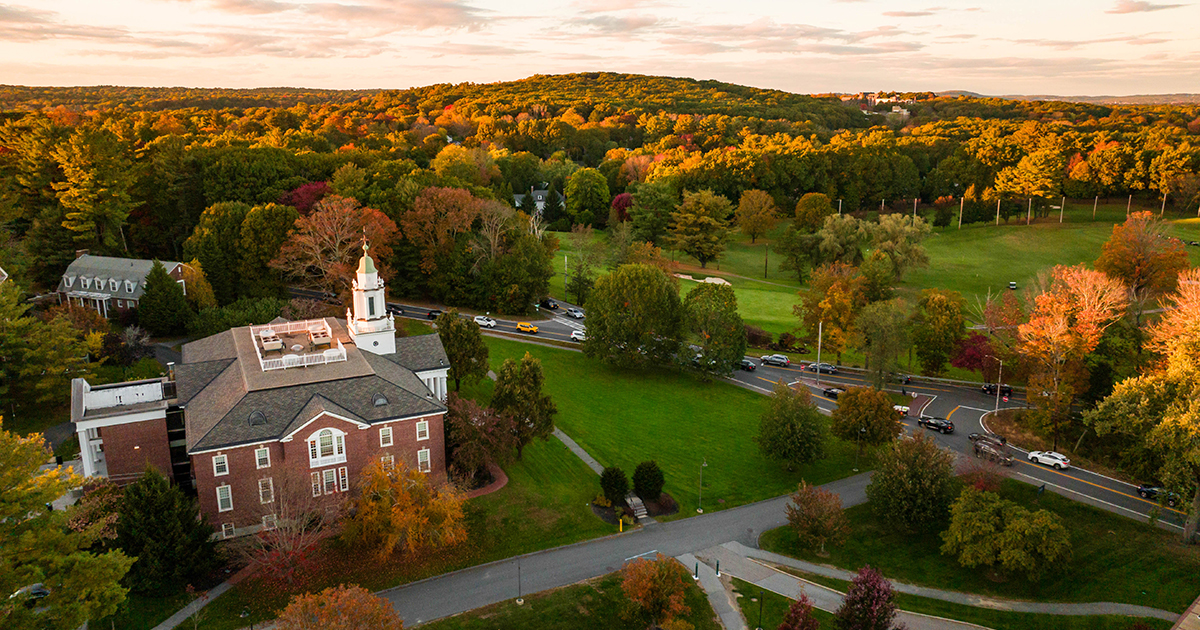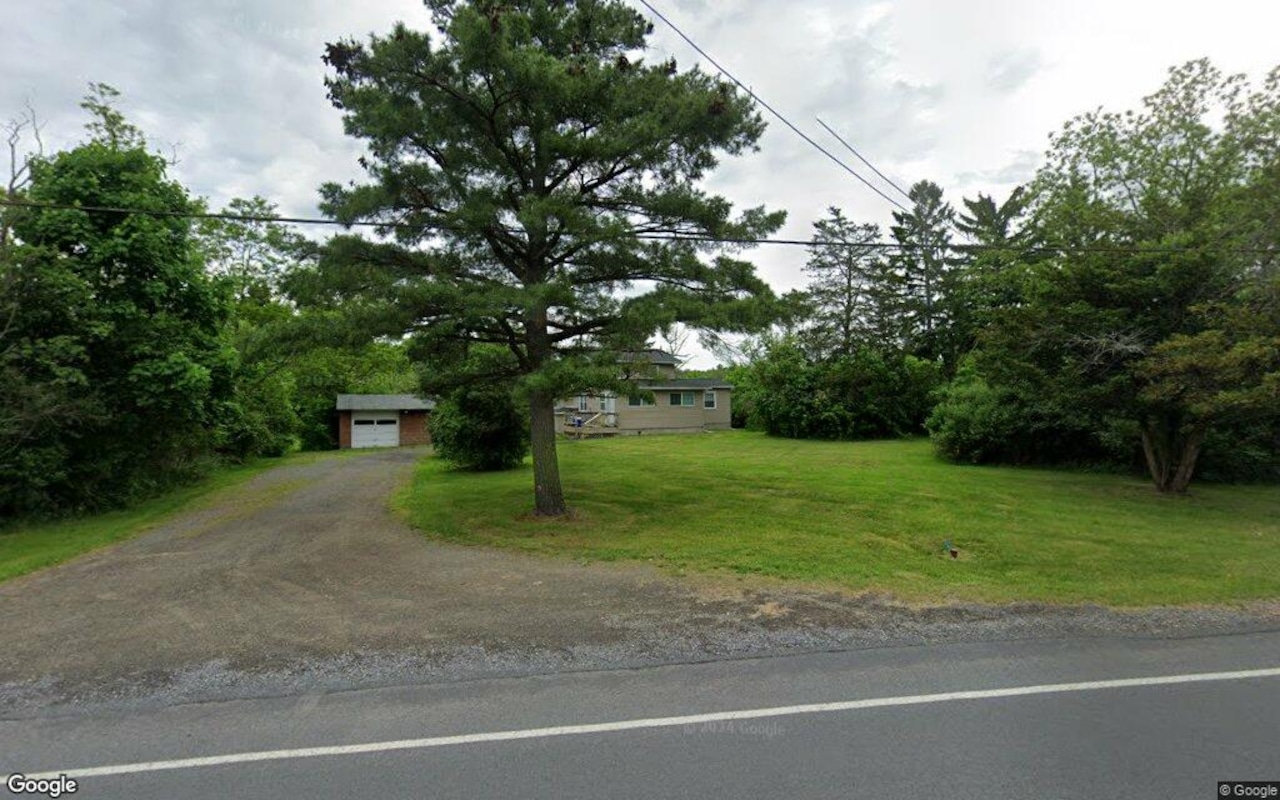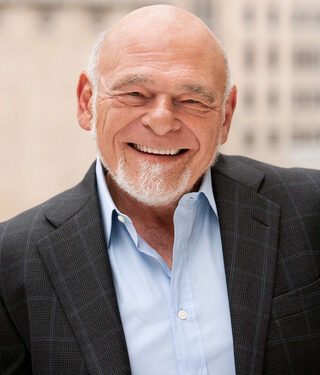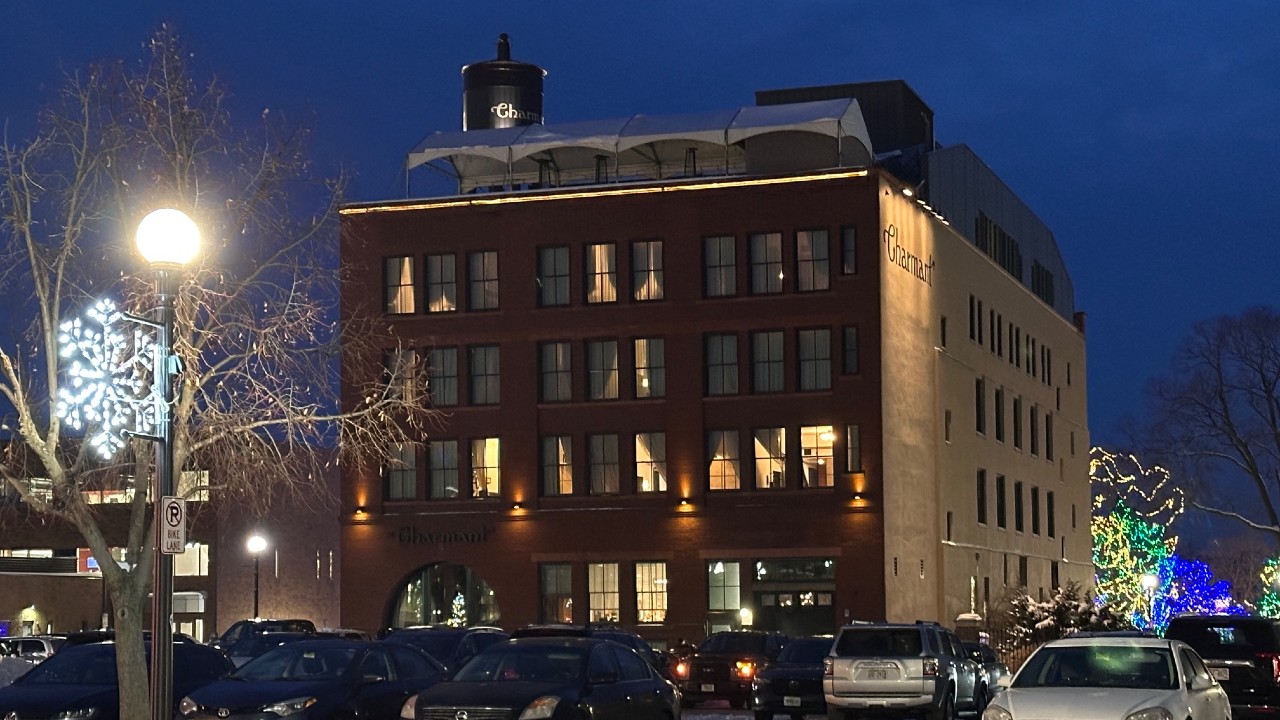G
overnor Gavin Newsom signed Senate Bill 79 (SB 79) on October 10, a move lauded by mainstream outlets as a “historic reform” that would finally address California’s housing crisis. The Los Angeles Times called it “one of the most ambitious state‑imposed housing efforts in recent memory,” framing it as a bold attack on exclusionary zoning and local resistance. In the ensuing coverage, Newsom was portrayed as a pragmatic progressive who had promised to “build more homes faster” and to “put housing near jobs and transit.”
In reality, SB 79 is a calculated concession to the construction and finance sectors that dominate California politics. Beneath the technocratic language of “density,” “climate efficiency,” and “transit‑oriented development” lies a transfer of power and profit to corporate developers and hedge‑fund‑backed real‑estate trusts that the Democratic Party’s machine serves.
The bill overrides local zoning in eight of the state’s largest counties—those with at least fifteen passenger‑rail stations—allowing private developers to erect up to nine‑story residential projects directly adjacent to subway or commuter‑rail stops, seven stories within a quarter‑mile, and six within a half‑mile. It takes effect in July 2026 and is marketed as a tool for “smart growth” and reduced automobile dependence.
SB 79 is riddled with exemptions and carve‑outs. High‑fire‑risk zones, historic districts, and environmentally sensitive lands may be excluded. Local governments retain the right to delay implementation or redraw boundaries, a provision that affluent municipalities can exploit. The law follows Newsom’s June 2025 enactments of Assembly Bill 130 and Senate Bill 131, which weakened environmental oversight and streamlined development approvals, effectively stripping the California Environmental Quality Act (CEQA) of decades of protections and public scrutiny.
A few days later, Newsom’s 2025‑26 budget imposed deep cuts to essential social services, further eroding workers’ safety nets. Together, these measures strip cities of much of their traditional zoning authority, replacing it with a state‑level framework that grants “by‑right” construction privileges to developers in transit‑rich corridors—areas where land values and profits are highest.
The primary beneficiaries of SB 79 are real‑estate capital and its financiers, not the millions of Californians facing soaring rents and homelessness. The bill offers them legal certainty to pursue high‑density, high‑yield projects under the pretext of environmental necessity. It does not guarantee affordability, nor does it require developers to set aside units for low‑income tenants, impose rent caps, provide displacement protections, or mandate public ownership. “Density” becomes a synonym for profitability, not social need. Without massive public investment and democratic control, the new housing stock will be priced far beyond the reach of most workers.
Similar “up‑zoning” schemes in San Francisco, Los Angeles, and Oakland have already triggered gentrification and displacement. When height limits are lifted, land speculation accelerates, property taxes rise, and working‑class residents are pushed out. Transit hubs such as MacArthur BART in Oakland or Boyle Heights stations in Los Angeles illustrate how “transit‑oriented development” can become a vehicle for urban cleansing of low‑income communities.
SB 79’s gradual implementation schedule, with full effect only in mid‑2026, gives financial interests time to acquire parcels and secure permits, positioning themselves ahead of a speculative boom. The measure is promoted as a necessary assertion of state authority over parochial local governments, but the real question is whose interests the power serves. SB 79 does not empower working people to plan their communities; it consolidates control in a state apparatus that is entirely subordinated to capital.
California state agencies coordinate the interests of developers, banks, and construction conglomerates. When Newsom overrides local zoning, he is not expanding democratic participation but disarming local opposition to real‑estate profiteering. The few protests from city councils—such as Los Angeles officials invoking “local control”—express not working‑class resistance but inter‑elite friction between layers of the capitalist class, or fear of workers’ opposition. Wealthy enclaves demand autonomy to defend their property values, while state Democrats seek a uniform legal environment conducive to large‑scale investment. In both cases, the needs of tenants and homeless workers are entirely excluded.
Among the self‑styled “left” faction on the Los Angeles City Council, the Democratic Socialists of America (DSA) representatives—Nithya Raman, Eunisses Hernandez, and Hugo Soto‑Martínez—lined up squarely behind the pro‑developer SB 79, voting against the Council’s resolution opposing the measure. Their support for Newsom’s deregulation package exposes the real class character of the DSA: a privileged layer of the middle class that promotes “progressive” branding while advancing the profit interests of real‑estate capital. Only Ysabel Jurado voted with the majority to oppose SB 79, a move that amounted to political posturing. Her token dissent was an attempt at preserving credibility in a district certain to be devastated by the bill’s up‑zoning mandates, which will accelerate gentrification and displacement in working‑class neighborhoods like Boyle Heights.
SB 79’s architecture of carve‑outs exposes its class character. Exemptions for “historic” neighborhoods or fire‑risk zones, and delays for “small jurisdictions,” will protect the very communities least burdened by the housing crisis. The so‑called “Beverly Hills carve‑out” allows the state’s most affluent city to preserve its low‑density zoning. Meanwhile, working‑class transit corridors in South Los Angeles, East Oakland, and San Jose will bear the brunt of speculative redevelopment. These differential treatments are deliberate mechanisms of class privilege. The patchwork implementation ensures that up‑zoning will deepen, not reduce, inequality. Developers are already maneuvering to exploit these loopholes. In wildfire‑affected areas such as Pacific Palisades or Altadena—where recent rebuilding efforts have drawn major contractors—the exemptions for “fire risk” and “historic character” will provide legal cover for selective exclusion. The market will determine outcomes, not social need.
The entire discourse around the “housing crisis” has been reframed to exclude the real culprit: capitalist speculation in land and housing. California has millions of vacant units. The crisis is not one of physical shortage but of ownership and profit. The “Yes In My Back Yard” (YIMBY) movement, heavily cited in media praise for SB 79, personifies this distortion. YIMBY groups posture as progressive advocates for more housing but in practice function as a lobby for real‑estate interests. Their alliance with Democratic politicians reflects the convergence of a professional‑managerial layer with speculative capital. For them, “up‑zoning” is not a tool for social equality but a strategy to boost returns and property values.
SB 79 rests on the false claim that increasing total housing units will automatically make rents affordable. This pseudo‑economic argument ignores the dynamics of capitalist property markets. Without social ownership and strict regulation, new supply gravitates to the most profitable sectors—luxury and upper‑middle income housing—leaving working‑class families priced out. California’s own record proves this. Despite a decade of “streamlining” and “density incentives,” rents have surged, homelessness has reached record levels, and developers routinely flout inclusionary zoning rules.
SB 79 also serves an important political function. It allows the Democratic Party to posture as the defender of reform and progress while pursuing policies indistinguishable from those of the Republicans in substance. Newsom, whose presidential ambitions are widely known, seeks to polish his national credentials as a “problem‑solver” willing to confront bureaucracy and NIMBYism. As Trump advances his dictatorial plans, the real alignment of forces must be laid bare: the state, the banks, the developers on one side with Democrats and Republicans; the working class on the other.
The fight for decent, affordable homes cannot be entrusted to Newsom or any section of the capitalist state. It requires expropriating the major landholders and real‑estate corporations, bringing housing under public ownership and democratic control. Housing must be recognized as a social right, not an investment vehicle. This means the independent mobilization of the working class through rank‑and‑file housing committees, united across workplaces and neighborhoods, to demand public ownership, social planning, and the abolition of profit. Only in this way can the housing crisis be ended and society reorganized to meet human need, not corporate greed.
